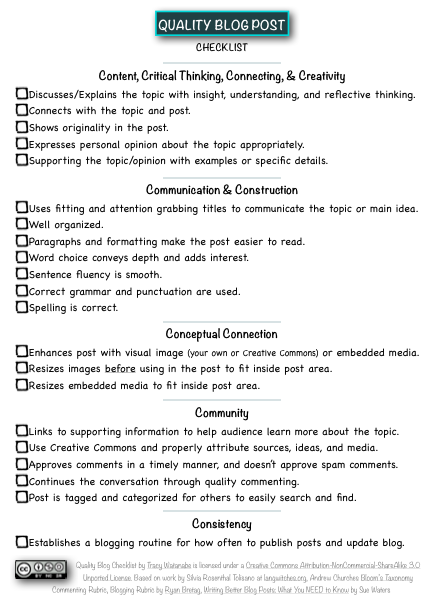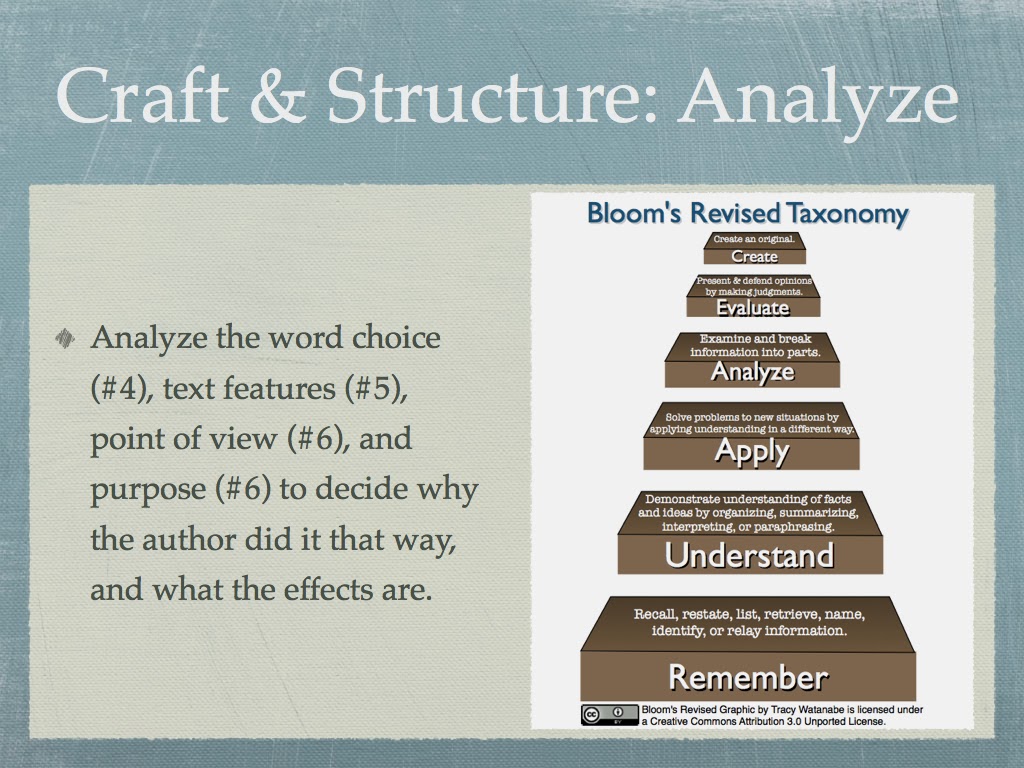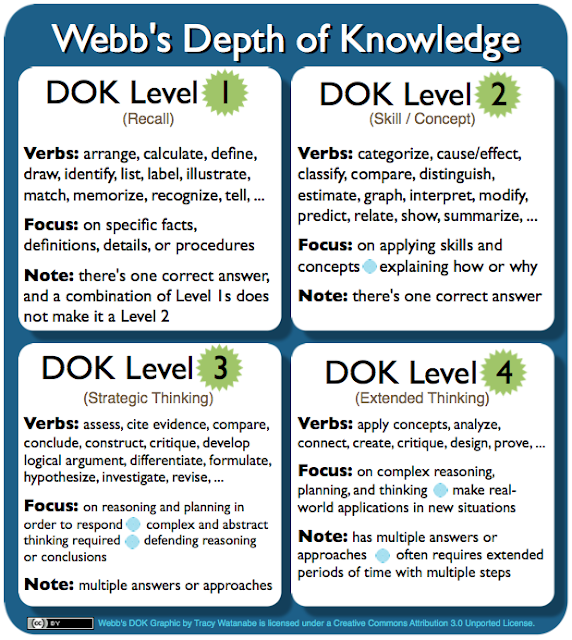Digital Storytelling and Stories for the Desktop
I often think of digital storytelling as something done in first person because it creates that personal connection. Whereas, I think of a digital story as an anecdote or story typed or narrated in third person.
 |
| Image attribution: Lyn Hilt's Slideshare, used with permission. Original work: "Writing- Pen & Paper" CC-by Laurie Richie |
Here are some of the many benefits of digital storytelling and digital stories:
- The 21st century skills and ISTE's Standards applied are critical and creative thinking; written, oral, and digital communication; collaboration; authentic learning; digital fluency; informational fluency; and project management.
- It is great differentiation for all students including ELs, gifted, and special needs.
- It increases student engagement in a meaningful and relevant task.
- It can be used as an authentic assessment.
State Standards
Many specific content standards can be addressed through digital stories. Here are some of the Common Core Standards that digital storytelling and digital stories address:
- CCSS.ELA-Literacy.CCRA.W.6 Use technology, including the Internet, to produce and publish writing and to interact and collaborate with others.
- CCSS.ELA-Literacy.CCRA.W.3 Write narratives to develop real or imagined experiences or events using effective technique, well-chosen details and well-structured event sequences.
- CCSS.ELA-Literacy.CCRA.SL.4 Present information, findings, and supporting evidence such that listeners can follow the line of reasoning and the organization, development, and style are appropriate to task, purpose, and audience.
- CCSS.ELA-Literacy.CCRA.SL.5 Make strategic use of digital media and visual displays of data to express information and enhance understanding of presentations.
- CCSS.ELA-Literacy.CCRA.SL.6 Adapt speech to a variety of contexts and communicative tasks, demonstrating command of formal English when indicated or appropriate.
- CCSS.ELA-Literacy Language.6.3b Maintain consistency in style and tone.
- CCSS.ELA-Literacy Language.3.a Choose words and phrases for effect; and, L.4.3a. Choose words and phrases to convey ideas precisely.
- CCSS.ELA-Literacy.CCRA.R.6 Assess how point of view or purpose shapes the content and style of a text. Or CCSS.ELA-Literacy.CCRA.SL.3 Evaluate a speaker’s point of view, reasoning, and use of evidence and rhetoric.
Types of digital stories and some prompts
Digital storytelling and stories can take shape as a:
- Short Story: This narrative shares an insight, a perspective, or an entertaining story.
- Myth, Legend, Tall Tale, Folk Tale, or Fable: While each of these are a little different from one another, they tend to describe origins, values, beliefs, accomplishments, or special events.
- DocuDrama or Historical Storytelling: This digital story is told from the point of view of a person (or object) in a different era. It requires researching a time period, then using creativity to have those facts come to life.
- Describe and Conclude or Reflective Storytelling: Tell about something you're learning and the impact it has on you.
- Public Service Announcement, Advertisement, or Persuasive Story: This digital story has the purpose of calling others to action for or against something else.
 |
| These prompts were inspired by Bernajean Porter's Digital Storytelling Across the Curriculum |
The art of digital storytelling
Several years ago, I participated in an outstanding webinar by ISTE's Special Interest Group for Digital Storytelling, where Bernajean Porter shared about the "Art and Soul of Digital Storytelling." After being inspired by the webinar, I created the following page summarizing some of my key take-aways:
 |
| Click here to download PDF |
Below is an example of digital storytelling by Siobahn Quigg.
Step 1: Writing the script and planning the project
 |
| Click to download |
- Prompt: I'd choose one prompt to introduce the process of digital storytelling to students. I might even do the first one as a whole group with parts and roles shared by the students. (Here's the first try from a second grade class and a Kindergarten student). As our class becomes confident with the process and media, I'd open it up to more choices and smaller groups/individual productions.
- Graphic organizer: The type of graphic organizer (storyboard) I choose depends on the prompt they'll use.
- Teaching about the writing: Teach the importance of first person for adding spice to the story; share an interesting problem, perspective, or insight; and use strong word choice to convey the message.
Step 2: Production and digital tools
- Choose the tool: When I am introducing the digital storytelling process to classes, I choose the tool for them to use. Once the process is established and they have a toolbox of sites (or apps) to use, I give them a choice in tools.
- Images and Creative Commons: Have students create their own images, take their own photos, or find photos that have Creative Commons Licenses and have them properly cite the photo either on the same page as the picture or at the end.
- Background music and Creative Commons: If there is not music to choose from on the app or site, then find music that is legal to use in your video. I select music from the list suggested by Creative Commons, Dano Songs, or Melody Loops. However, background music is not a necessity, especially if it's new to the class.
- Production: Before production, I treat this part of the process much like I would the rough draft of a writing assignment with editing and revising. Here's where the mini-lessons come in about voice, word choice, etc. I like to conference with my students to make sure they are ready for production, then I allow them to start once they've gathered all of the photos and music (optional).
Digital Story and Digital Storytelling tools
There are some amazing products that I've taken students to in the past but are no longer feasible options due to issues with privacy, security, and/or advertising. Here's my quick test to see if I'll use the app/product:
- Am I concerned about student safety with using this app/site? If so, I have no qualms with finding a different app/product.
- Does it have advertisements on the site? If so, I'm shying away from using that site.
- Can I log students on without giving away their last name, email address, or other personal information? If not, and I can't work around it by logging in as me, then I'll need to find another product.
- How does it protect, store, and secure student data?
- Is it compliant with FERPA, PPRA, and COPPA, and meet state legislation?
- Little Bird Tales
- Storybird
- VoiceThread — (See tutorial of VoiceThread if needed)
- Storyjumper
- Slidestory
- Biteslide
- Google Slides with Screencast-O-Matic or Screenr
- Delaware Art Museum has a site for creating digital stories

More resources
- Shelly Sanchez Terrell has oodles of resources at her Teacher Reboot Camp.
- Bernajean Porter created a list of apps with more options.
- Silvia Rosenthal Tolisano created a list of more resources for both the iPad and desktop computer.
- Alec Couros has resources and examples posted on his Open Thinking Wiki.
Step 3: Publishing and connecting with an authentic audience
Celebrate their creations by sharing with others.
Building an authentic audience to view the digital stories is powerful for students. They are no longer creating a project just for the teacher -- it's for their families, friends, and people around the globe.
Each of the apps listed above have a description for sharing on the Internet. Emails can be sent to parents with the URL for where the digital story is published (or through the RSS subscription for the class blog). When shared on a teacher's blog, a Tweet can also be sent through Twitter asking for comments on their work by adding the hashtag #comments4kids. If your school uses social media, you can ask to share the link there.
Reflection, evaluation, and rubrics
Providing specific feedback along the way with daily goals is part of the process. Self-evaluations using the scoring guides or rubrics are strong formatives for the students to target their next steps.
Formal or informal student reflection is part of the process. It's important that a positive class atmosphere is established for this step.
- Asking reflective questions: Have partners share their work with one another and ask them, "What parts or images captured your interest or attention?"
- Wows and Wonders Gallery Walk: Have students walk around to visit peers' work and give them sticky notes to leave a specific "Wow" or a praise and a "Wonder" statement.
- Tracy's Rubric: This rubric was created as an introduction to storytelling, with the purpose of focusing on Common Core Reading Standard #6, "Assess how point of view or purpose shapes the content and style of a text," by applying it to digital storytelling.
- Digital Storytelling Rubric: I discovered Jason Ohler's post about assessing digital stories from Lyn Hilt's wiki. This is an extensive list of ideas on assessing digital storytelling.
- Create your own rubric: If you end up creating your own rubric, remember to focus on your content standards the most with only a little emphasis (if any) on the technology piece.
Final thoughts
Digital storytelling is fabulous for content learning, 21st century learning, and active engagement. If task predicts performance, then my money is on digital storytelling.
- What apps or digital resources would you add to this list?
- What tips or questions would you add to this conversation about digital storytelling?
- How else does this post connect with you?
Portions of this post was originally published in 2013 and as part of AJUSD professional development with netbooks.




This post is so rich with information and resources that I feel as though I could spend the next month "mining it." And want to do exactly that! Plus, of course, tell stories. Thank you!
ReplyDelete